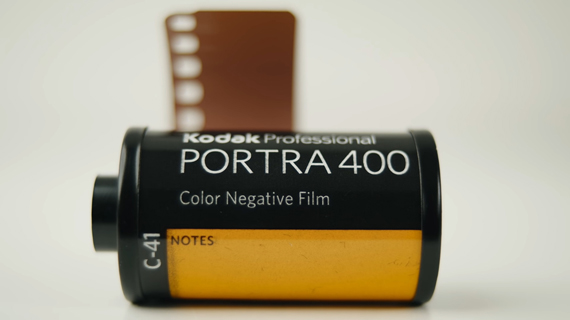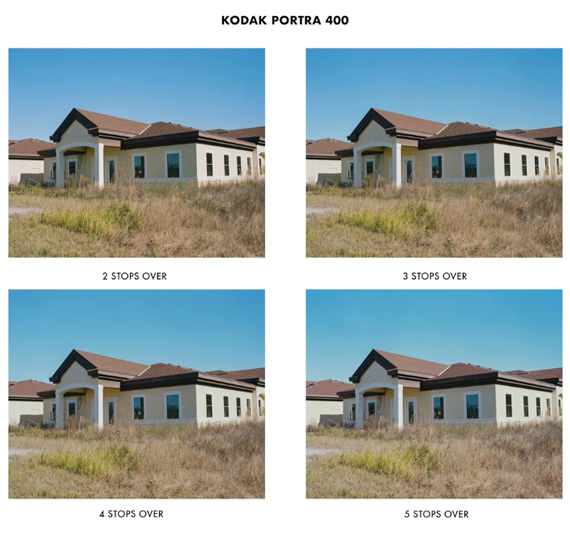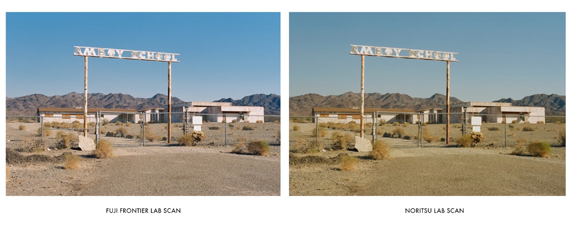Digital photography is dominant these days, but film isn’t dead. Many photographers still choose to shoot film either for the nostalgia or their pure love for the media. If you plan to shoot analog instead of digital, the changes in workflow and process can be a bit confusing. Photographer Kyle McDougall talks about three things that are important to understand when working with film:
1. Rating Your Film
Changing the ISO value on a digital camera changes the level at which the signals are amplified by the camera system. But film cameras don’t have this convenience. When you change the ISO dial in a film camera, you’re telling its light meter what film speed you’re using. This lets the light meter calculate a correct exposure for that film.

If you intend to overexpose film, you can simply dial in an ISO value lower than the film’s actual ISO speed. For instance, if you load a roll of Portra 400 and dial in the ISO value to 200, every setting the light meter chooses will overexpose the film by one stop.
2. Understanding Exposure
When working with digital, you take the photos, load them onto your computer, and process them using the software of your choice. When it comes to film, the roll has to be sent out to a lab where it gets scanned before you get it back. So you don’t actually know what they do to your images.
In digital photography, if you overexpose an image by a couple of steps, what do you do? You simply pull the exposure back in Photoshop or Lightroom, right? Something similar is done when film rolls are scanned.
“If you overexpose a roll of film by two stops, when those negatives are getting scanned, the scanner is trying to normalize the exposure to make them look as normal as possible.”
However, it’s important to note that film excels at retaining highlight information. While digital images can only recover about two stops of overexposure, films can retain up to 6 stops depending on the film stock you’re using.

3. Scanning and Lab Adjustments
Simply speaking, scanning is the process of digitizing your film. When scanning film, you can get different outcomes depending on the scanner and the operator. So, when starting out, this can get a little tricky. For the long run, it’s important that you find a lab that you like working with.
“Just ask them a bunch of questions and run a bunch of tests with them so you can really get an idea of all of the different settings, how they look, and which ones you prefer moving forward.”

The key takeaway here is to experiment with different stocks, exposures, and labs before settling down with any of them. I hope this clears the basic doubts you might have as a beginner in film photography.
Go to full article: 3 Things You Should Know About Film Photography
What are your thoughts on this article? Join the discussion on Facebook
PictureCorrect subscribers can also learn more today with our #1 bestseller: The Photography Tutorial eBook
The post 3 Things You Should Know About Film Photography appeared first on PictureCorrect.
from PictureCorrect http://bit.ly/2DKQmvQ
via IFTTT






0 kommenttia:
Lähetä kommentti